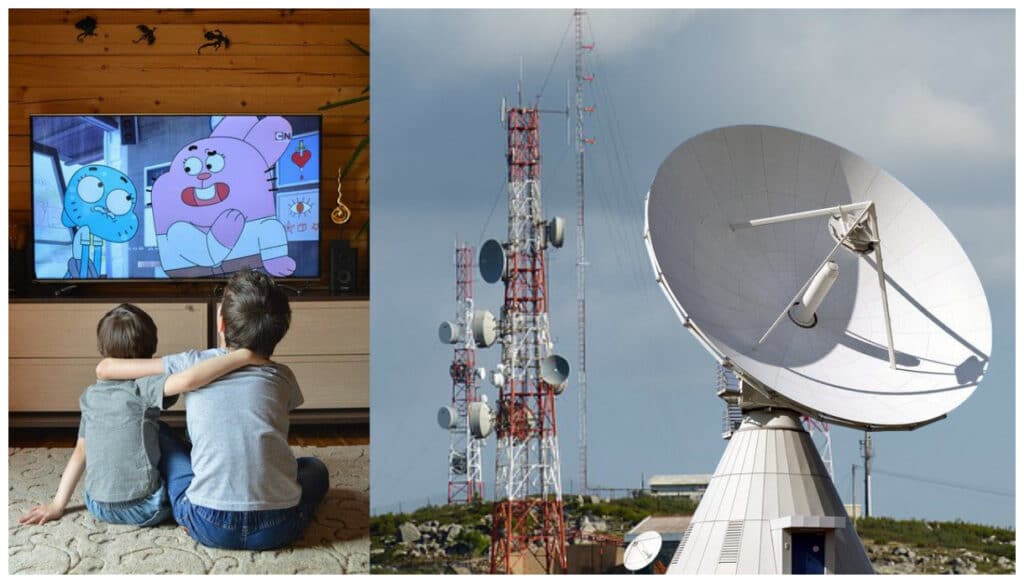Television technology is constantly evolving. Here’s a roadmap to help you navigate the terms and types as you shop for a new TV.
Check out for the latest reviews, tips, and recommendations and subscribe to our YouTube Channel:
Since its early days, the technology of television has evolved using a mechanical system invented by Paul Gottlieb Nipkow in 1884. Every television system works on the scanning principle first implemented in the rotating disk scanner of Nipkow. The process turns a two-dimensional image into a time series of signals representing the brightness and color of each resolvable element of the picture.
By repeating a two-dimensional image quickly enough, the impression of motion can be transmitted as well. For the receiving apparatus to reconstruct the image, synchronization information is included in the signal to allow proper placement of each line within the image and identify when a complete image has been transmitted. A new image is to follow.
While mechanically scanned systems were experimentally used, television as a mass medium was made practical by developing electronic camera tubes and displays. It was technically feasible by the 21st century to replace the analog signals for television broadcasting with digital signals. Many television viewers no longer use an antenna to receive over-the-air broadcasts; instead, relying on cable television systems. Increasingly these are integrated with telephone and Internet services.
Home | TV buying guide 2020: 9 things you need to know







Thank You! Where can i buy this report?
You can access our exclusive ratings and reviews going to CR.org and becoming a member. Thanks!
With all the new consoles and 8k content coming out, you should mention the importance of HDMI 2.1. Without it you’re not going to be able to display 8k or 4k@120hz
Kind shallow guide in the display types. Didn’t mention oled burn in making them less optimal at high brightness, news watching, or gaming. No mention of qled, mini lcd with more dimming zones, or hdmi 2.1 (which is huge for 4k@120 and modern consoles that dropped this week) good starting point but would recommend people seek more specific guides based on the tv’s use case. Also, oled won’t get cheaper until at least 2022 as the factories in Chinese factories for Samsung and LG have been ordered to gag production of oled panels.
I will give your report a B-. You fell short on size. Sizing a tv is critical and your report failed.
Best recommendation is :
1. Set your budget :
Only buy a TV you can afford cash.
2. Select whatever size and technologies that fits your budget.
In the 70’s and 80’s people were satisfied with a low resolution 26″ TV as their main one.
Now with higher resolution and crisper colors we would need a 50″ to 60″ ?
Total BS.
People don’t take into account in their budget that nowadays, people want cable TV or streaming (internet + subscription). These are monthly fees. Calculate the annual budget over a 5 year period and imagine all that you could do with that money.
Set your priorities straight.
“People buy stuff they don’t need at a price they can’t afford to impress people they don’t like !”
George Carlin
Consumer Report is pushing more and more consumerism.
An intelligent consumer is one with minimum debt.
The more you spend on a TV, the less you’ll be tempted to go out to exercise, do rewarding activities (art, gardening, etc., …) and socialize (hopefully coming soon).
No wonder people are getting more and more overweight and suffer from diabetes, high blood pressure, cardiovascular diseases, isolation and are in debt.
Still convinced a 50″ to 60″ TV is what is best for you and your kids ?
It’s true that if they promote buy less stuff, Consumer Report would sell less membership to access product reviews.
See why Consumer Report may not have your best interests at heart ?